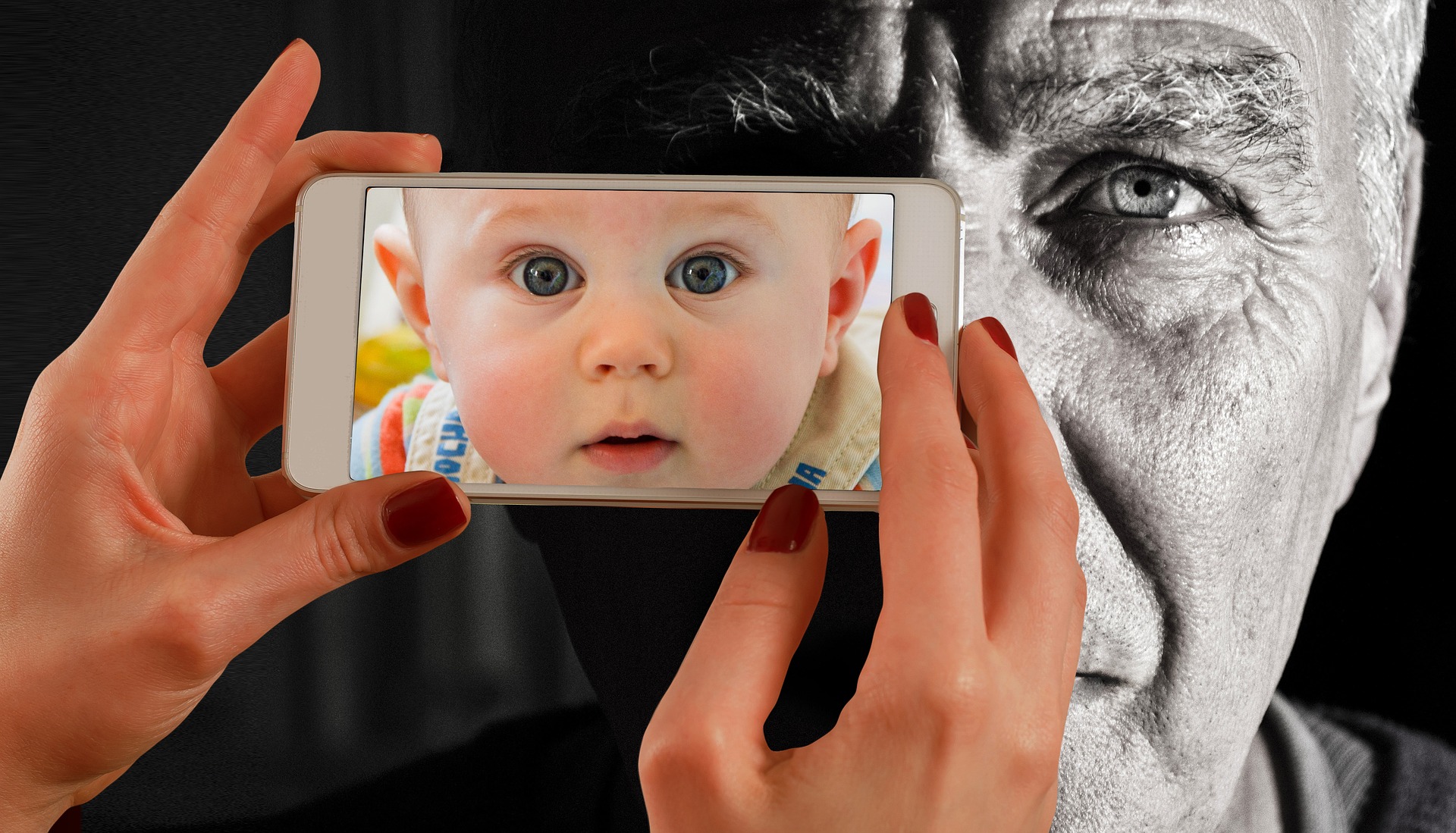
The Surprising Start and Success of Your Favorite Technologies
The COVID-19 pandemic has drastically accelerated the adoption of technology in business, enabling companies to optimize their operations and meet changing consumer expectations. In Part 1 of this article series, we discussed the origin and success of department stores, supermarkets, and the retail bar code.
Let’s continue this exploration of the past to discover the success of the future. In Part 2, we review e-commerce, smartphones, and robots. Now ubiquitous in our lives, how did they get their start and what can we expect in the future?
First Item Purchased Online
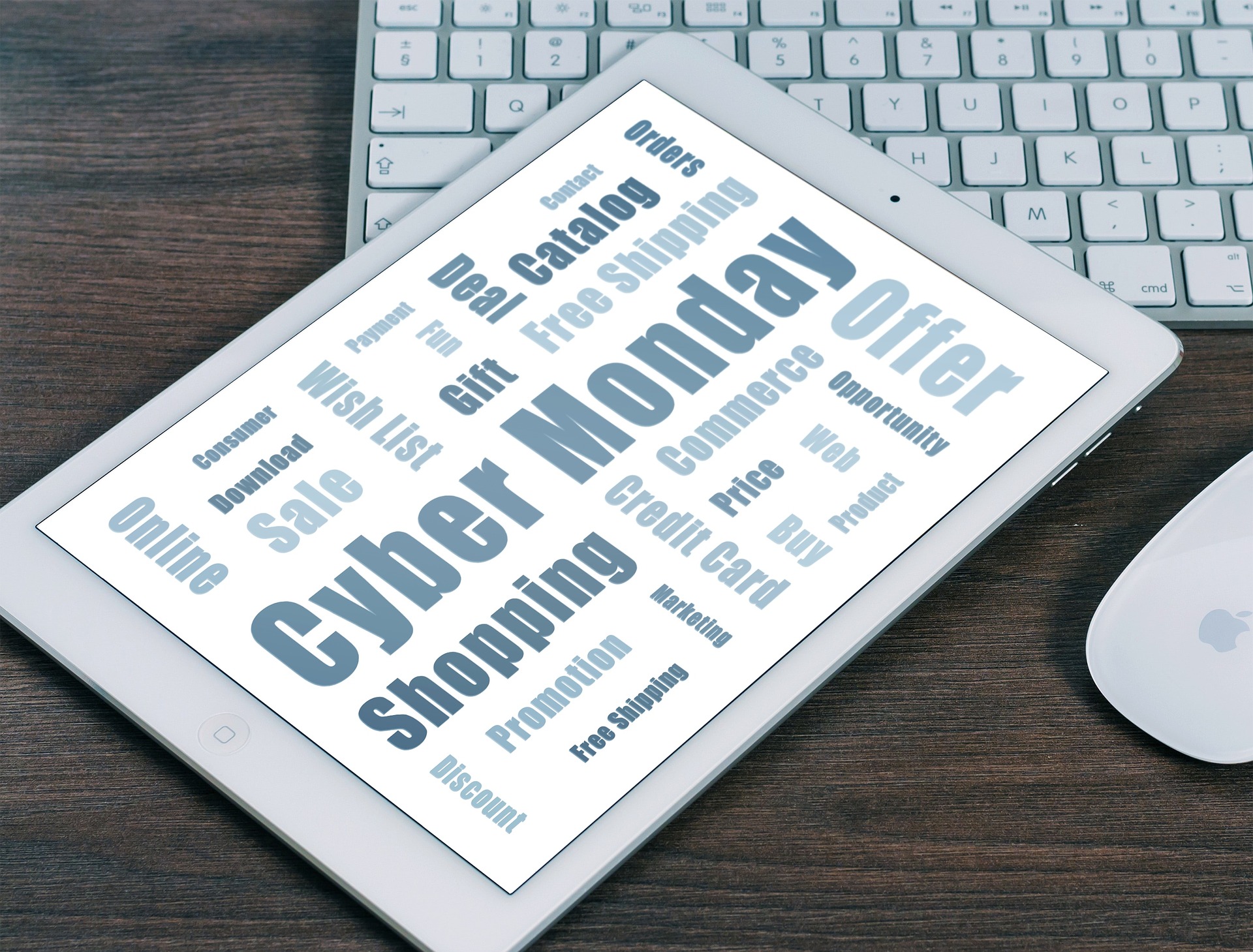 Sometimes it seems hard to believe there was a time before online shopping. Today, we can order basically anything, from books and housewares to groceries and cleaning supplies, to be delivered right to our door in just a few days. That convenience has certainly paid off, but how exactly did we get here.
Sometimes it seems hard to believe there was a time before online shopping. Today, we can order basically anything, from books and housewares to groceries and cleaning supplies, to be delivered right to our door in just a few days. That convenience has certainly paid off, but how exactly did we get here.
As with other emerging technologies, one can debate the origin of e-commerce. Candidates include a pizza, weed, a CD, or computer parts.
The first real online transaction that involved data encryption software to send a credit card securely took place in August 11, 1994 on a website called NetMarket. On that now memorable day, Dan Kohn sold a CD of Sting’s ‘Ten Summoner’s Tales’ to a friend for $12.48 plus shipping.
Once the internet could be used as a secure shopping channel, online shopping’s success was inevitable. In 1995, Amazon.com and eBay launched their online shopping platforms, soon followed by Rakuten in Japan and Alibaba in China.
A decade ago, e-commerce made up only 8% of total retail sales in the United States. The pandemic, as with most digital technologies, became a major growth accelerator for e-commerce. According to McKinsey, COVID-19 compressed 10 years of e-commerce adoption into three months.
At peak in 2020, worldwide e-commerce grew nearly 26%.
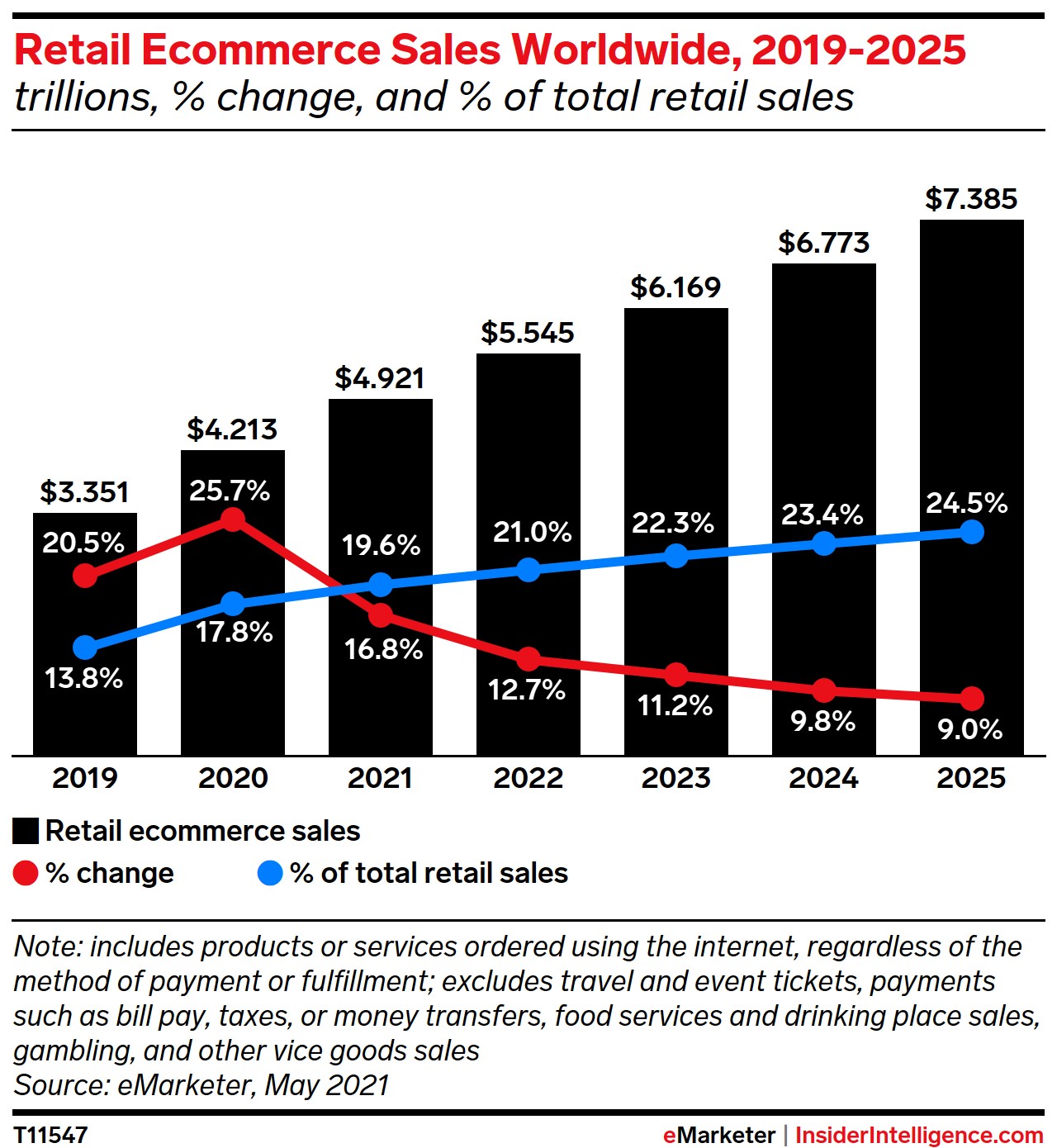
E-commerce will continue to grow double digit crossing $6 trillion worldwide by 2023. China has by far the largest retail ecommerce market, representing 52.1% of total worldwide sales. USA is second but at only at 19%.
As of 2021, over 2 billion people worldwide shopped online — that’s over one in four people. ‘Field of Gold’, which was one of the tracks on that Sting CD that started it all, perfectly summarizes the journey’s riches that ecommerce has accumulated since its memorable start.
First Smartphone
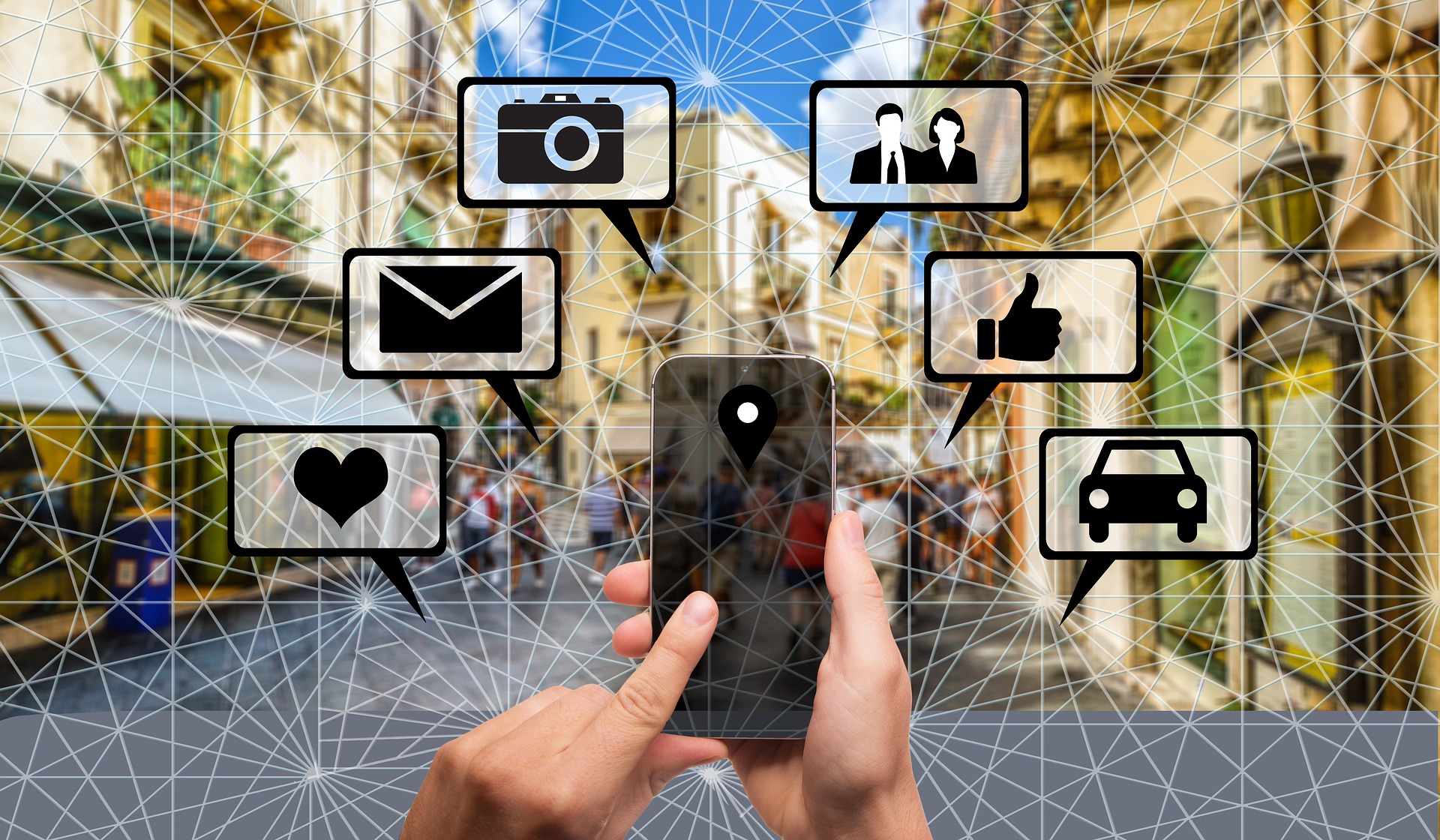 The smartphone brings the world of digital information right to our fingertips, and it’s hard to imagine living without one. Today, 85% of adults in the United States own a smartphone. But the path to the smartphone started with a two-pound handheld phone known as “the Brick.” In 1984, Motorola released the first handheld portable phone, the DynaTAC 8000X, which cost nearly $4,000 and had a battery life of just 30 minutes.
The smartphone brings the world of digital information right to our fingertips, and it’s hard to imagine living without one. Today, 85% of adults in the United States own a smartphone. But the path to the smartphone started with a two-pound handheld phone known as “the Brick.” In 1984, Motorola released the first handheld portable phone, the DynaTAC 8000X, which cost nearly $4,000 and had a battery life of just 30 minutes.
Something must have been in the water in August 1994, as like e-commerce, that was the surprising start for the smartphone. On August 16 of that year, IBM released the Simon Personal Communicator to the market. Although the term “smartphone” didn’t come into existence until a year later, Simon had many of the features of a true smartphone, such as built-in applications like an address book, calendar, calculator, and notepad. It even had a touchscreen, although it required a stylus.
The price of that original Simon smartphone is not too different price from the price of an iPhone today. IBM priced Simon at $899 with a service contract ($1,435 in today’s dollars. The original Simon was on the market for six months and only 50,000 units were sold.
Fast forward to 2007 when the Apple iPhone emerged and the world was forever changed. In many of my global presentations and articles, I name the smartphone as the third megatrend that transformed retail.
Today, the entire world has been trained to stare at that smartphone screen.
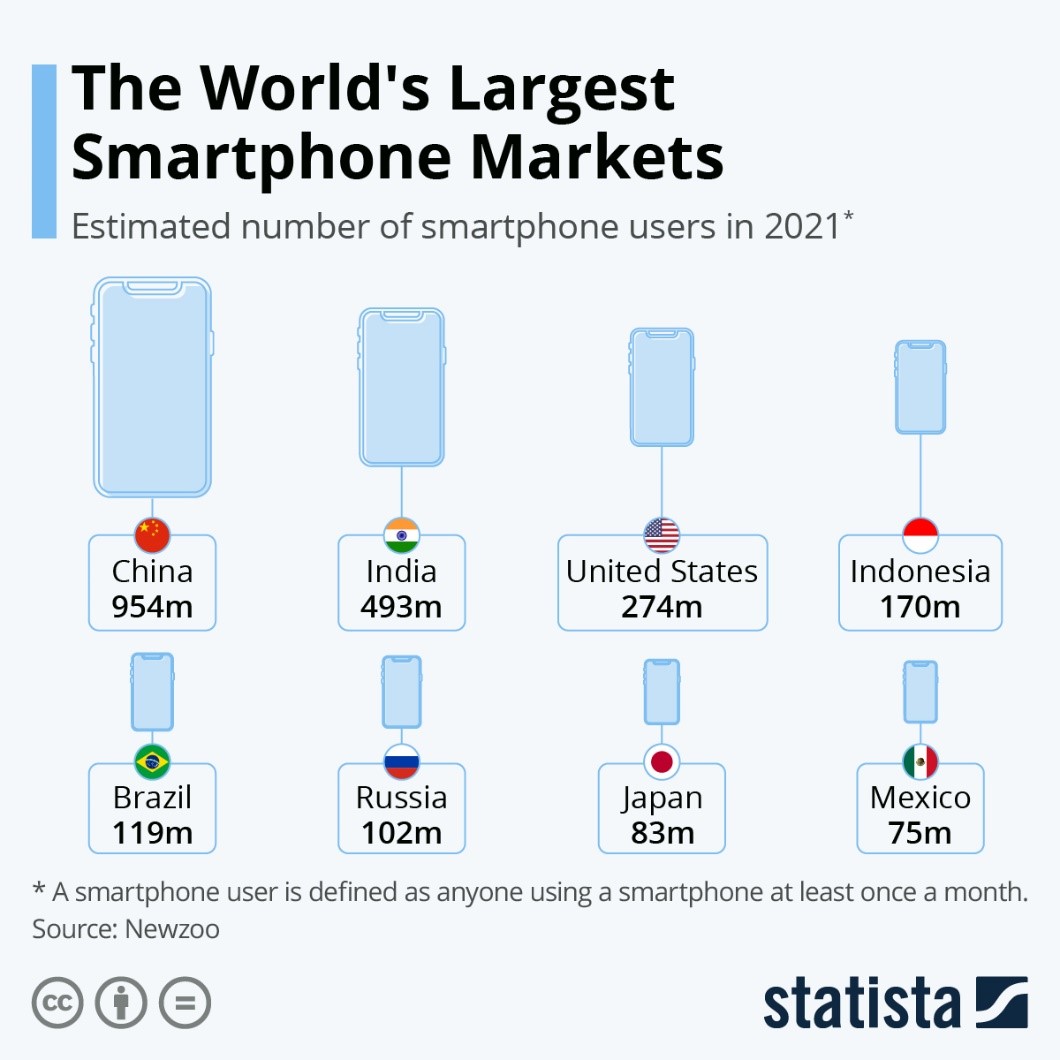
In 2021, just the top 5 largest smartphone markets crossed over 2 billion units in total usage.
First Robot
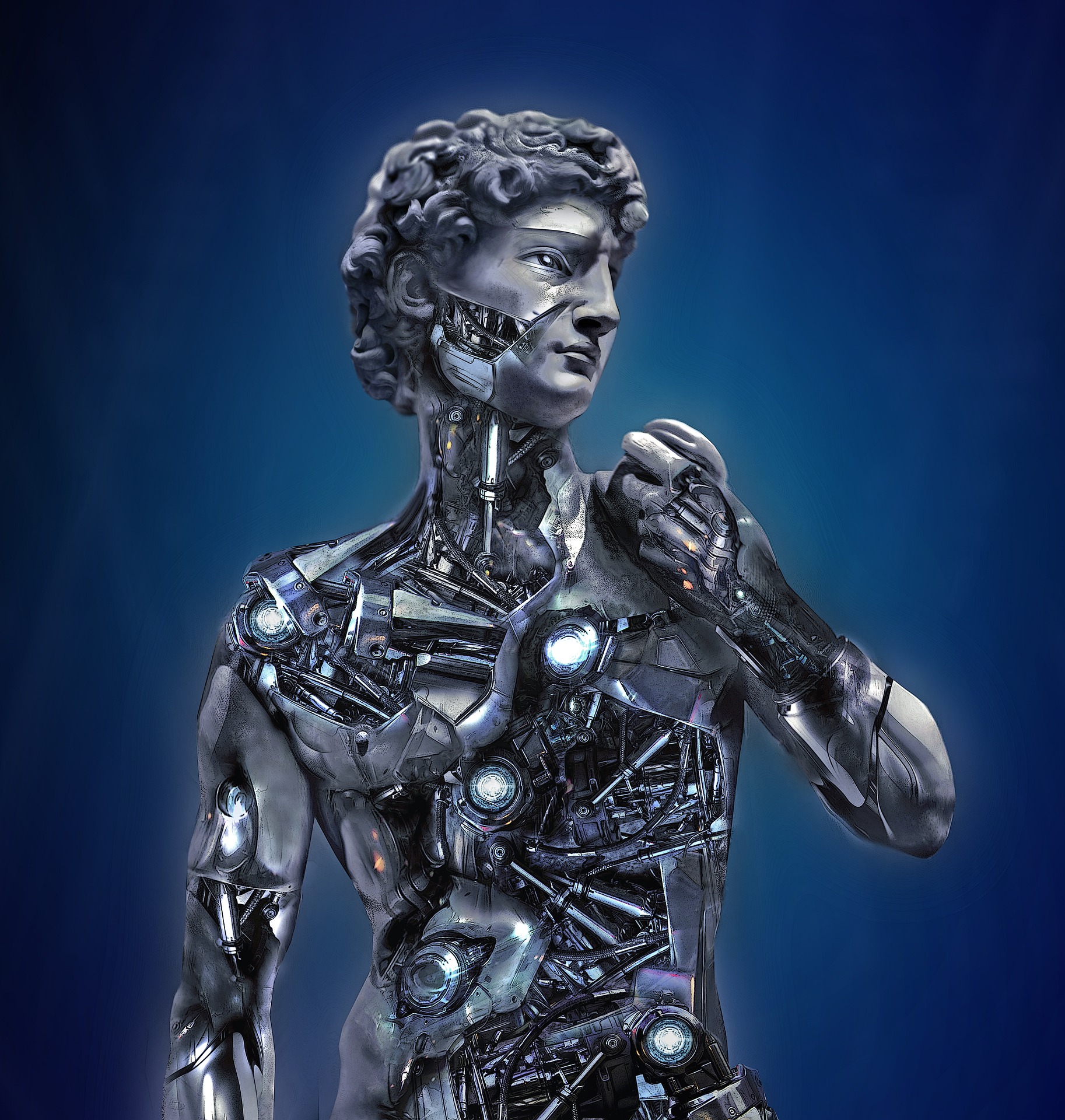 “The word “robot” was coined in 1920 by the Czech playwright Karel Capek. In “R.U.R.” (“Rossum’s Universal Robots”) Capek imagined artificial, fully functional servants.”
“The word “robot” was coined in 1920 by the Czech playwright Karel Capek. In “R.U.R.” (“Rossum’s Universal Robots”) Capek imagined artificial, fully functional servants.”
The first industrial robot was the Unimate, developed in the 1950s by Joseph Engelberger and George Devol. The original purpose of these early prototypes was to perform tasks that would harm humans.
In 1959, a Unimate prototype was installed on a General Motors assembly line to move hot pieces of metal. The introduction of robots in the manufacturing process led General Motors to become the most automated automotive plant in the world. Robots could build 110 cars per hour, more than twice as fast as any other automotive plant at the time.
The global market for industrial robots was $43.8 billion USD in 2021. The market is expected to grow at a compound-annual-growth rate (CAGR) of around 10%, reaching nearly $71 billion USD by 2028.
In the retail industry, the robots are now also accelerating their invasion. One in four retailers are currently working on a robotic project and 47% report that they will be working on an instore robotic project in the next 18 months.

The pandemic raised the profile of robotic automation in warehouses and stores. Sixty-three of retailers say the pandemic increased robotics’ importance for use in warehouses and 42% see greater importance in stores coming. Robots and other autonomous technologies are feeding the drive to contactless commerce that has been underway for some time.
E-commerce and smartphones have dramatically changed the worlds. More robots are coming to do the same.
















